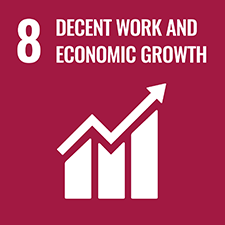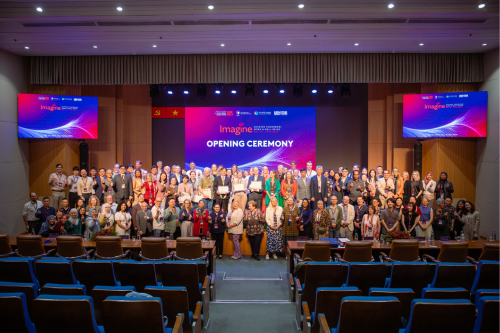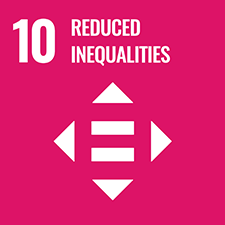
UEH and Solar Energy: Affirming the Pioneering Role in Green Energy Application with the Reduction of 1,265.5602 tons of CO2
11 Dec, 2024
Did you know that solar energy is the most abundant energy source on Earth, with approximately 173,000 terawatts – 10,000 times the global energy demand? Beyond this, solar energy helps reduce greenhouse gas emissions, improve air quality, and save operating costs in the long term. Understanding these issues, University of Economics Ho Chi Minh City (UEH) has been effectively exploiting this endless energy source through the installation of advanced solar power systems, helping to reduce CO2 emissions, protecting the environment and affirming the vision of sustainable development of a green university.
Solar Energy: Sustainable Solution for the Future
Solar energy is becoming the top choice in attempts to protect the environment and to prevent climate change. According to the US Department of Energy, this is a renewable energy source that plays an important role in reducing greenhouse gas emissions and mitigating climate change. Solar energy can also improve air quality because it does not generate CO2 during operation, helping to reduce negative impacts on the atmosphere (https://www.energy.gov/eere/solar/solar-energy-wildlife-and-environment). Applying this technology not only helps save long-term electricity costs but also contributes significantly to achieving sustainable development goals.
UEH and the Green University Vision
As a university with 13 campuses and a total area of over 139,000m2, the University of Economics Ho Chi Minh City (UEH) is well aware of the importance of applying solar energy. This is an effort to reduce carbon emissions, the first step of the Carbon Neutral University model - the next phase of UEH Green University. Concurrently, it contributes to educating students regarding the positive impact of green energy sources and saving resources for a sustainable future.
Accordingly, from 2022, in order to minimize the impact on the environment, more solar power stations with a capacity of up to more than 509,000 kWp have been installed by UEH at the 3 largest campuses: Campus A - 59C Nguyen Dinh Chieu, Campus B - 279 Nguyen Tri Phuong, and Campus N - Nguyen Van Linh.


UEH installing solar power systems at its campuses
In 2024, the solar power system at UEH's four buildings A, B, N1, N2 produced 470,224.2 kWh, contributing to reducing 1,265.5602 tons of CO2. This result showed a reduction of a large amount of CO2 emissions into the environment, equivalent to planting 12,000 trees. This is an important step in the journey to build a "Green University" and spread the message of sustainable development to the community.
(Photo: 470,224,2 kWh of electricity produced; 1,265,560,195 Kg of CO2 reduced)
|
Power station |
Installed capacity |
Annual power generation |
Total CO2 emission reduction (kg) |
Equivalent hours (h) |
Addresses of power station |
||
|
University of Economics Ho Chi Minh City (Campus N2) |
233,280 |
209370.4 |
573,904,506 |
897,51 |
Nguyen Van Linh, Binh Chanh District, HCMC |
||
|
University of Economics Ho Chi Minh City (Campus N1) |
51,840 |
48629.2 |
111,220,933 |
938,06 |
Nguyen Van Linh, Binh Chanh District, HCMC |
||
|
University of Economics Ho Chi Minh City (Campus A) |
60,480 |
56680.1 |
159,188,198 |
937,17 |
59C Nguyen Dinh Chieu, District 3, HCMC |
||
|
University of Economics Ho Chi Minh City (Campus B) |
164,160 |
155544.5 |
421,246,558 |
947,52 |
279 Nguyen Tri Phuong, Ward 5, District 10, HCMC |
||
|
Statistical report of 2024 |
509,760 |
470224.2 |
1,265,560,195 |
3,720,26 |
Data from UEH solar power system in 2024
With the great benefits that solar energy brings, UEH is affirming their pioneering role in applying green technology and moving towards a sustainable future. By applying this renewable energy system, UEH not only significantly reduces CO2 emissions and contributes to protecting the atmosphere, but also saves long-term operating costs. More importantly, this is a clear demonstration of UEH’s commitment to becoming a Green University, inspiring students and the community to be aware of environmental protection, affirming its pioneering position in applying green technology and promoting sustainable values in society.
References:
Solar energy, wildlife, and the environment. (nd). Energy.gov.
https://www.energy.gov/eere/solar/solar-energy-wildlife-and-environment
Energy on a sphere - Science on a sphere. (2015, August 10). Science on a Sphere.
https://sos.noaa.gov/catalog/live-programs/energy-on-a-sphere/
News and photos: UEH Green Campus Project


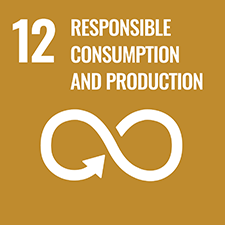
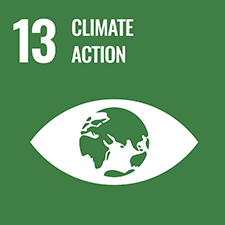
![[Research Contribution] The relationship between green finance and environmental degradation: Empirical evidence from countries participating in the "Belt and Road Initiative"](/images/upload/thumbnail/ueh-thumbnail-639015796322698758.png)
